AI tools are becoming essential for German speakers looking to improve productivity, communication, and content quality across personal, academic, and professional contexts. This page features the best AI tools for German speakers in 2025, including both free and paid platforms that support fluent writing, accurate translation, grammar correction, and multilingual task management. Whether you're drafting formal documents, translating between English and German, or enhancing daily workflows in your native language, these tools offer intelligent support tailored to modern needs. We’ve evaluated each platform for language performance, usability, and value to help you find the right fit. If you're seeking AI-powered solutions that work seamlessly in German, this guide covers the most effective tools available for improving communication and productivity in one of the world’s most widely spoken languages.
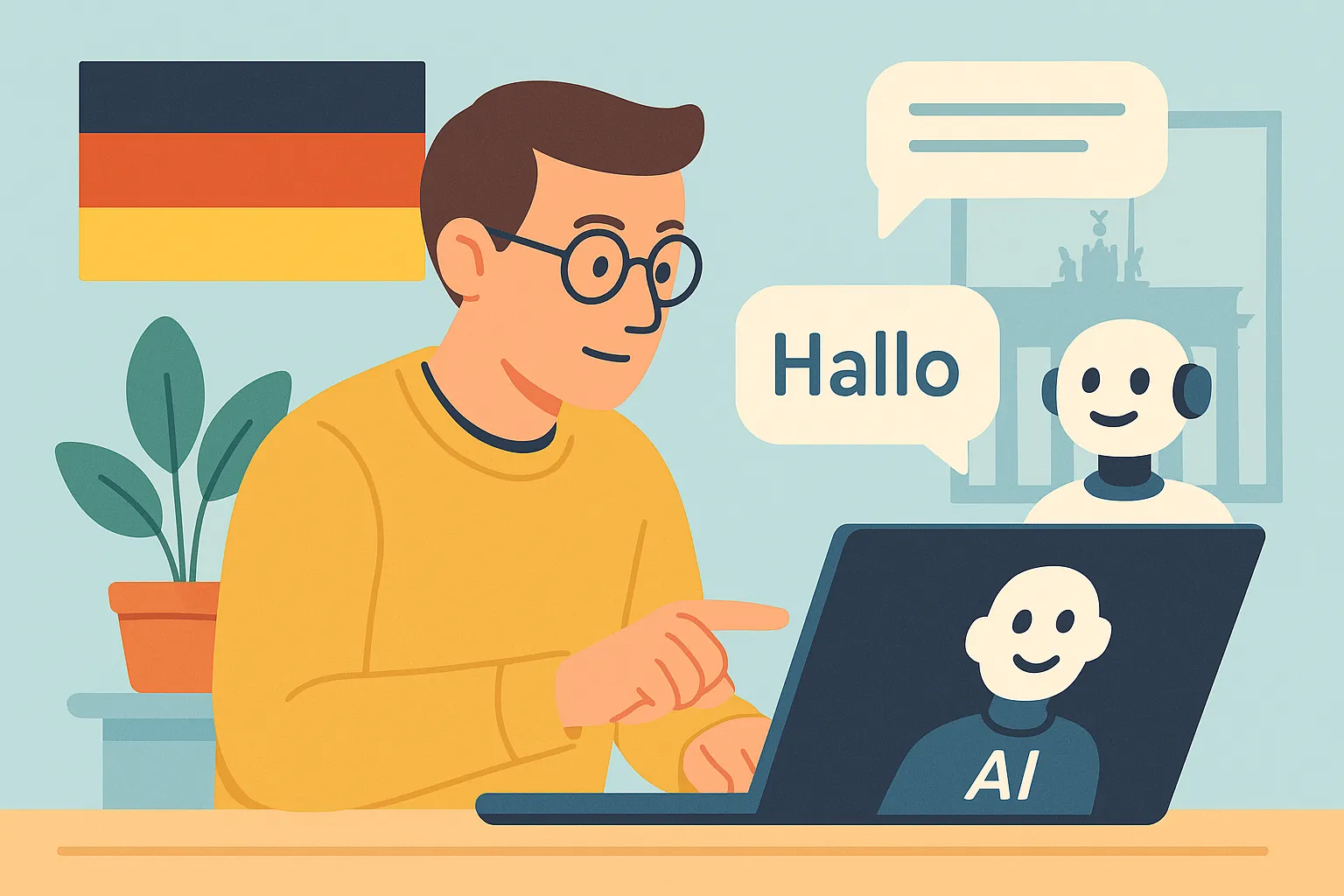
Top Paid AI Tools for German Speakers
| Rank | Tool | Key Strength | Price / Limitations | Best Use Case |
|---|---|---|---|---|
| #1 | DeepL Pro | Best-in-class German↔English translation | From $8.74/month | Business, legal, or academic work |
| #2 | ChatGPT Plus | Fluent German chat and prompts | $20/month | Writing, tutoring, conversation |
| #3 | Grammarly (Premium) | Grammar help for German learners | From $12/month | Multilingual proofreading |
| #4 | Notion AI | German productivity & summarizing | From $10/month | Workplace writing and planning |
| #5 | Jasper | German marketing & copywriting | Subscription required | Ad copy & blog creation |
DeepL Pro
DeepL Pro is renowned for delivering high-quality German↔English translations with excellent tone, syntax, and fluency. Unlike many other translation platforms, DeepL Pro captures the nuance of formal and technical German, making it a trusted choice for professionals working with contracts, legal documents, academic papers, or corporate communication. It offers features like full document translation, terminology glossaries, and custom formality settings. For teams or individuals needing accurate and natural-sounding translations for the German market, DeepL Pro remains a top-tier tool.
ChatGPT Plus
ChatGPT Plus enables fluent, contextually accurate conversations and content generation in German using GPT-4. It can write emails, correct grammar, translate text, explain concepts, and support German learners through conversation-based tutoring. Whether you're writing in formal business German or casual conversational tone, the model adapts well to your input. The Plus tier also delivers faster responses and more consistent output. It’s a versatile tool for writers, students, and professionals looking to communicate more effectively in German.
Grammarly (Premium)
Grammarly Premium offers limited but valuable support for German-language writing, especially for bilingual users drafting documents in English with embedded German phrases. It can detect and correct mixed-language grammar issues, highlight unclear transitions, and improve document tone. While not a native German grammar checker, it’s useful for those working in multilingual settings or crafting documents that combine English and German. Grammarly Premium’s multilingual proofreading capability makes it a helpful supplement to German-native tools like DeepL or LanguageTool.
Notion AI
Notion AI supports German-language prompts, note-taking, and summarization features within the popular productivity platform. Users can draft reports, reword text, create to-do lists, or organize documentation entirely in German. The AI understands both formal and informal styles, making it suitable for business, academic, or personal use. For German-speaking professionals using Notion as their primary workspace, the AI assistant enhances efficiency by helping generate content directly within project boards, pages, or daily planning workflows.
Jasper
Jasper specializes in AI-driven content creation for marketing, and it performs well in German for writing ads, social media copy, landing pages, and product descriptions. The platform allows users to select tone, format, and audience while generating optimized, native-sounding German text. It’s especially helpful for digital marketers working across DACH (Germany, Austria, Switzerland) regions who need fast, SEO-optimized content that reflects regional nuances. Jasper’s multilingual capabilities make it a scalable solution for international brand communication.
Top Free AI Tools for German Speakers
| Rank | Tool | Key Strength | Limitations | Best Use |
|---|---|---|---|---|
| #1 | DeepL Translator (Free) | Excellent short German↔English | Character limit per translation | Daily communication & drafts |
| #2 | ChatGPT (Free) | German writing & responses | Limited formatting control | Learning, basic writing help |
| #3 | Google Translate | Fast German ↔ Any Language | Mixed accuracy with idioms | Everyday use |
| #4 | Google Gemini | German content & summaries | Occasional formality mismatch | Rewriting & productivity |
| #5 | LEO Dictionary | German word lookup & usage | Not AI-based | Word-level accuracy |
DeepL Translator (Free)
DeepL’s free version offers one of the most accurate German↔English translators for everyday use. It's ideal for emails, personal documents, or study materials, delivering fluid, idiomatic translations. While it limits character count and file uploads, it still surpasses many competitors in handling German syntax and vocabulary. Whether you're proofreading or composing content from scratch, DeepL Free helps ensure clarity and tone remain intact across both languages. It’s perfect for students, freelancers, and bilingual users seeking fast and natural German output.
ChatGPT (Free)
ChatGPT’s free plan provides conversational support and text generation in German using GPT-3.5. It’s useful for drafting emails, answering questions, rephrasing sentences, or practicing conversational writing. The model handles common grammar rules and casual expressions quite well, making it a reliable everyday writing companion. While it lacks advanced formatting or file tools, it’s more than capable of assisting German speakers with creative writing, task automation, and study help. Ideal for individuals who want intelligent language support without the subscription.
Google Translate
Google Translate supports German input and output for text, voice, and camera-based translation. While less accurate than DeepL for complex writing, it’s effective for quick lookups, signage, and informal conversation. The tool’s broad language support and mobile accessibility make it ideal for travelers, expats, or students. It’s especially helpful for basic translation tasks and cross-language communication on the go. For non-technical, conversational tasks, Google Translate remains a practical free solution.
Google Gemini
Google Gemini (formerly Bard) supports German content generation, summaries, and question answering. It’s useful for rewriting content, generating blog post drafts, or summarizing long paragraphs into simpler German. While still evolving in terms of tone and nuance, Gemini is helpful for casual content creation, brainstorming, and information retrieval in German. Its conversational AI can serve as a free productivity assistant for native speakers or language learners looking to speed up writing and revision tasks.
LEO Dictionary
LEO is a long-established German dictionary that includes definitions, example sentences, verb conjugations, and idiomatic usage. Though not powered by AI, it remains a top-tier resource for word-level accuracy and translation support. Ideal for learners and translators, it provides detailed explanations and context not found in basic dictionaries. Users can explore thematic vocabulary and community forums for deeper insight into language usage. It’s a go-to reference tool for any German speaker needing precise, reliable lexical support.
Rankings

Chatbots
AI chatbots have quickly evolved from simple assistants into powerful, multi-purpose tools used by millions of people every day...

Image Generators
AI image generators are revolutionizing the way creatives, marketers, and developers produce visual content by transforming text prompts into detailed, customized...

Writing Assistants
AI writing assistants have become indispensable tools for anyone who writes — from students and bloggers to business professionals and marketers...
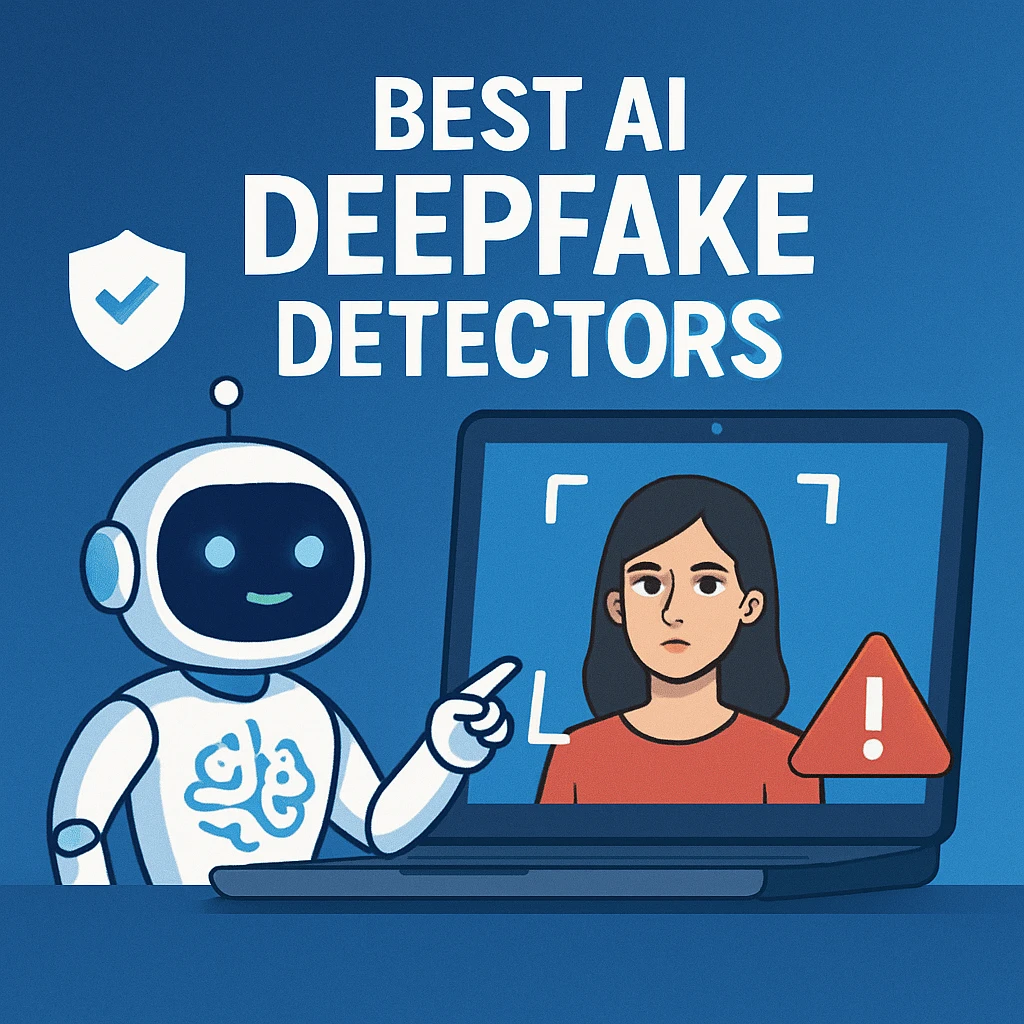
Deepfake Detection
As deepfake technology becomes more advanced and accessible, detecting AI-manipulated content is now a critical challenge across journalism, education, law, and...
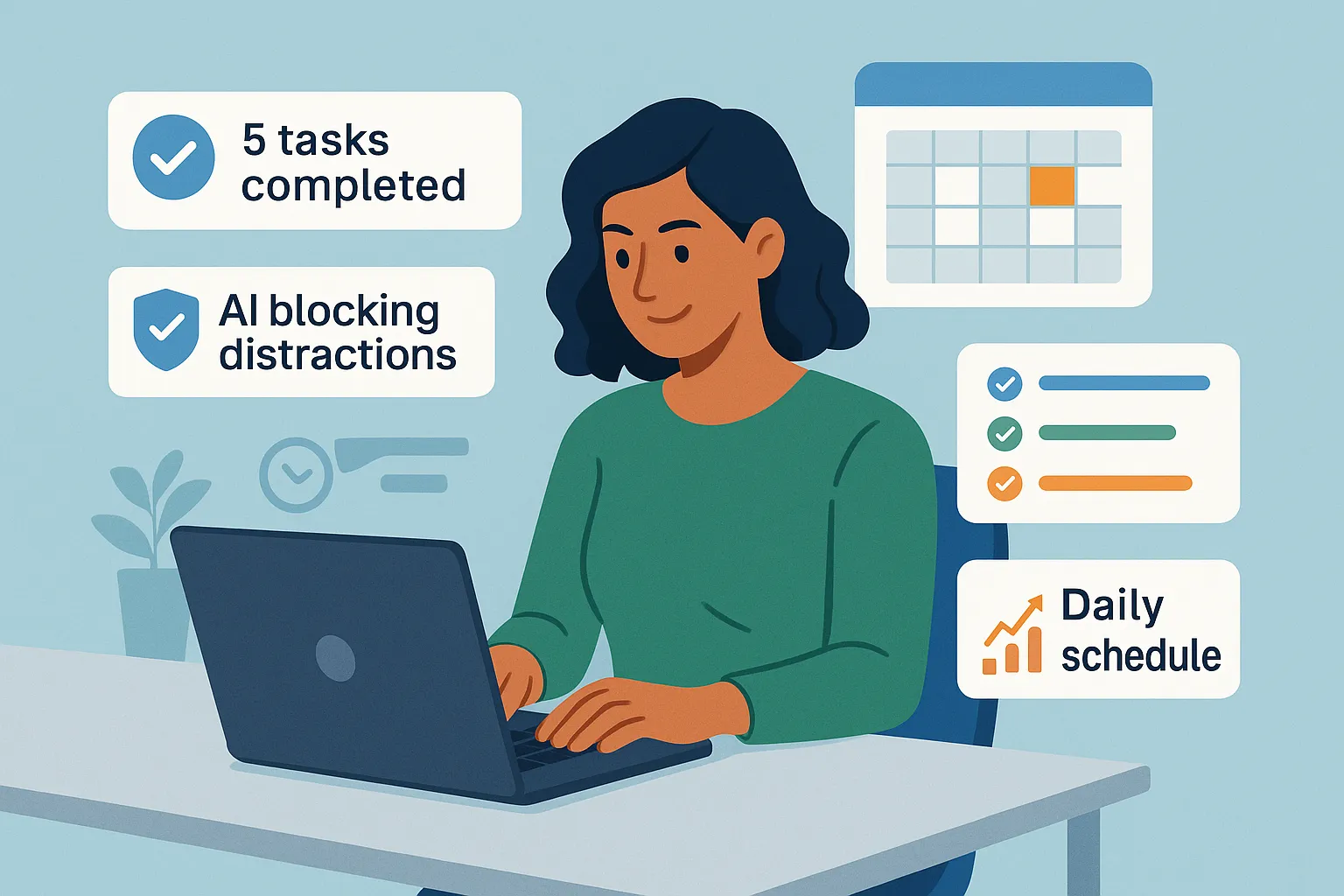
Productivity & Calendar
AI productivity and calendar tools have become essential for professionals, entrepreneurs, and students looking to make the most of their time without getting overwhelmed...
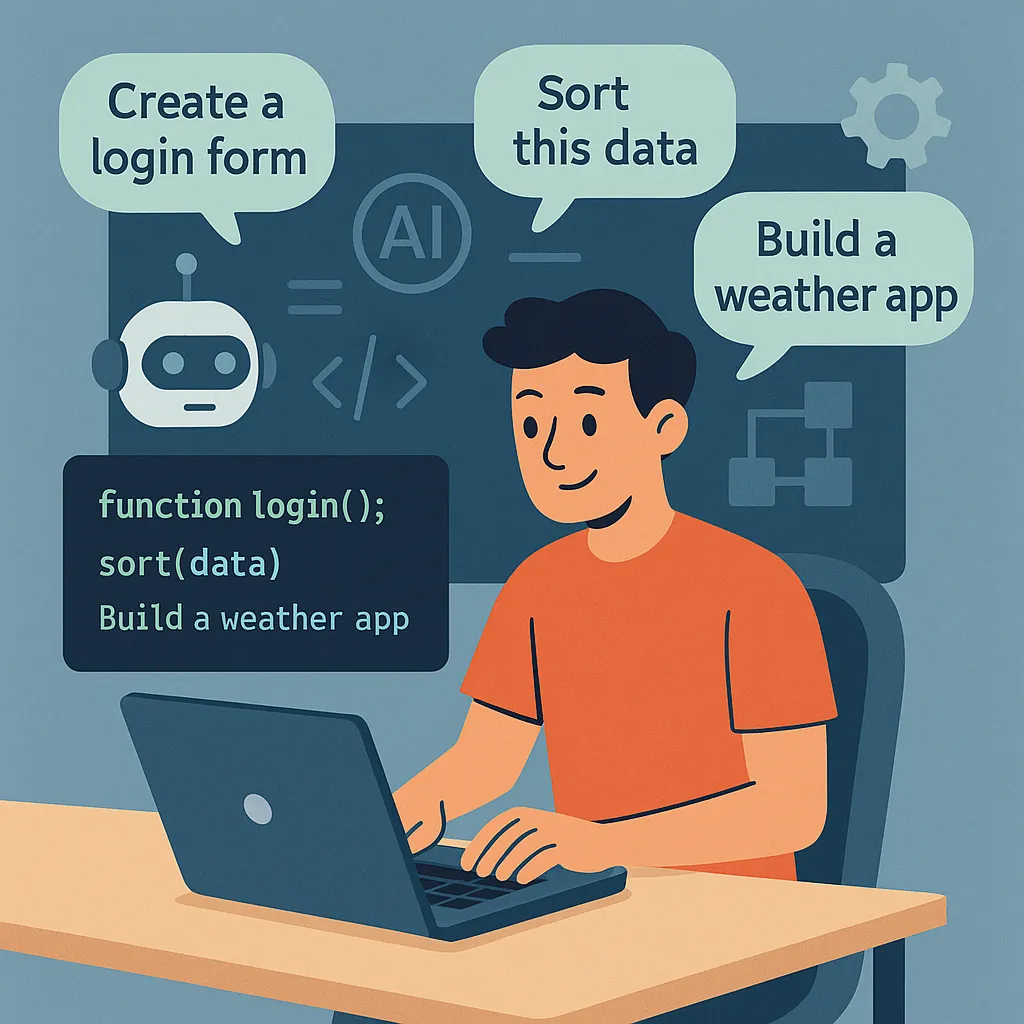
Natural Language To Code
Natural language to code tools are transforming software development by enabling users to build apps, websites, and workflows without needing advanced programming...
Blog
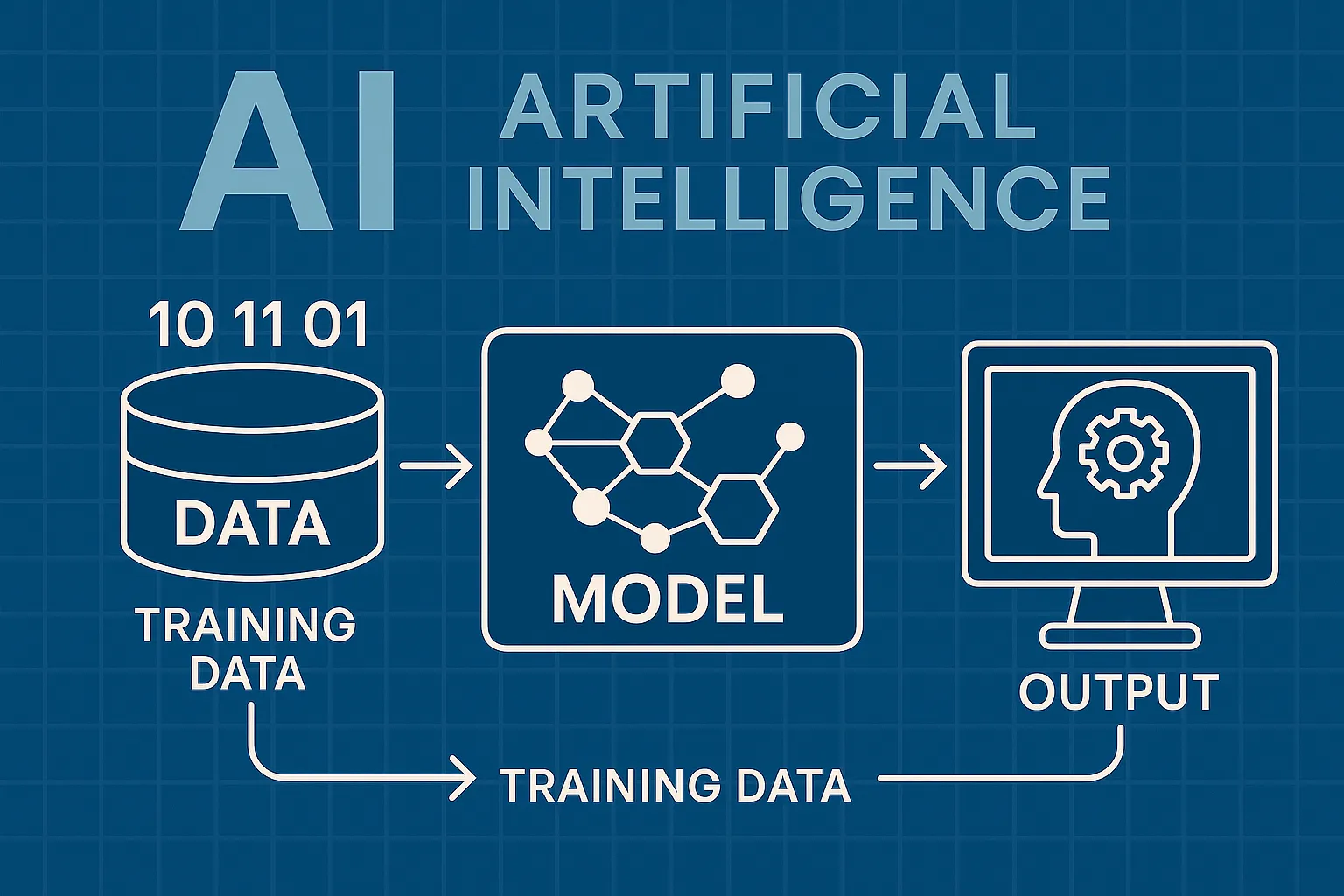
How AI Actually Works
Understand the basics of how AI systems learn, make decisions, and power tools like chatbots, image generators, and virtual assistants.

What Is Vibe Coding?
Discover the rise of vibe coding — an intuitive, aesthetic-first approach to building websites and digital experiences with help from AI tools.
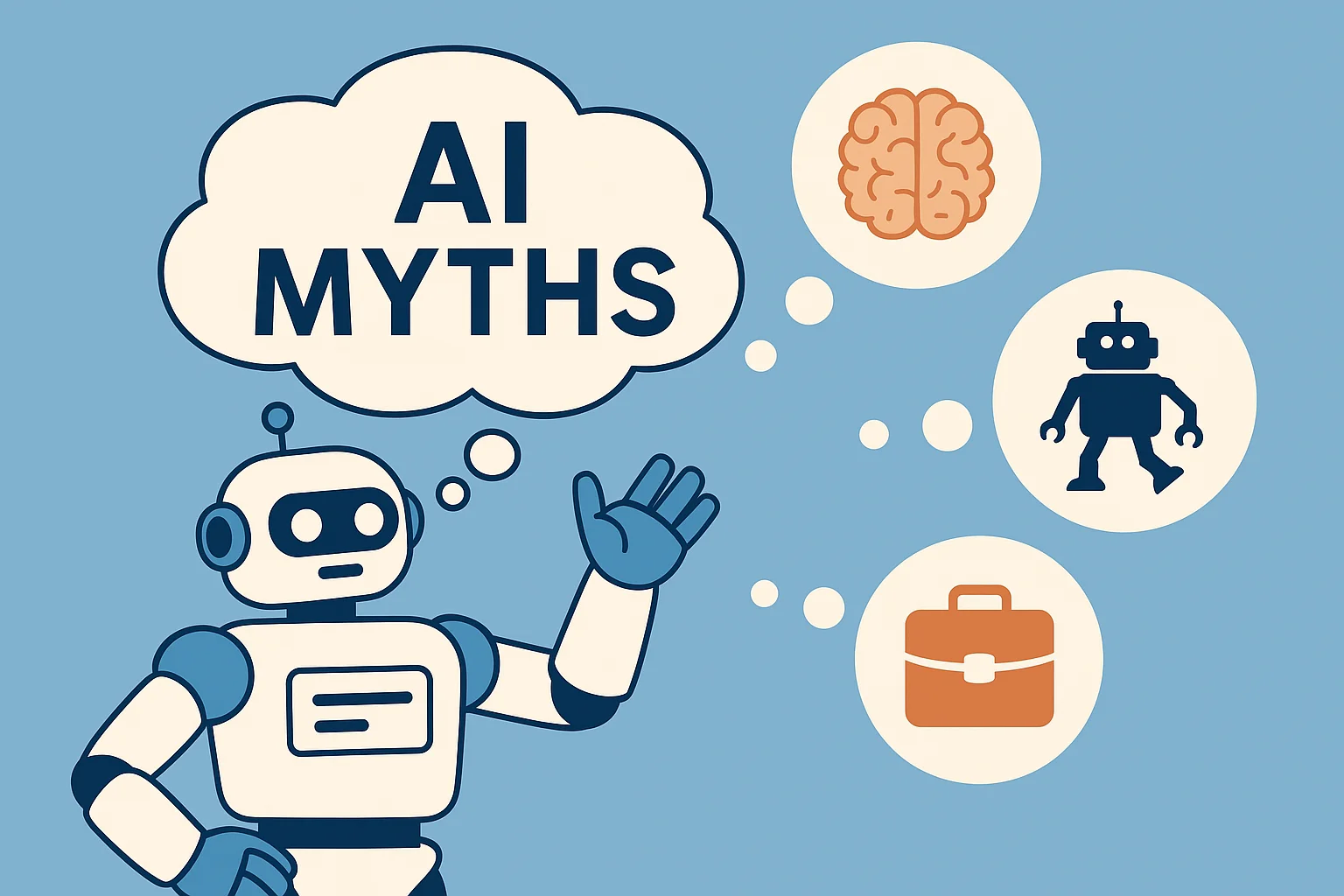
7 Common Myths About AI
Think AI is conscious, infallible, or coming for every job? This post debunks the most widespread misconceptions about artificial intelligence today.

The Future of AI
From generative agents to real-world robotics, discover how AI might reshape society, creativity, and communication in the years ahead.
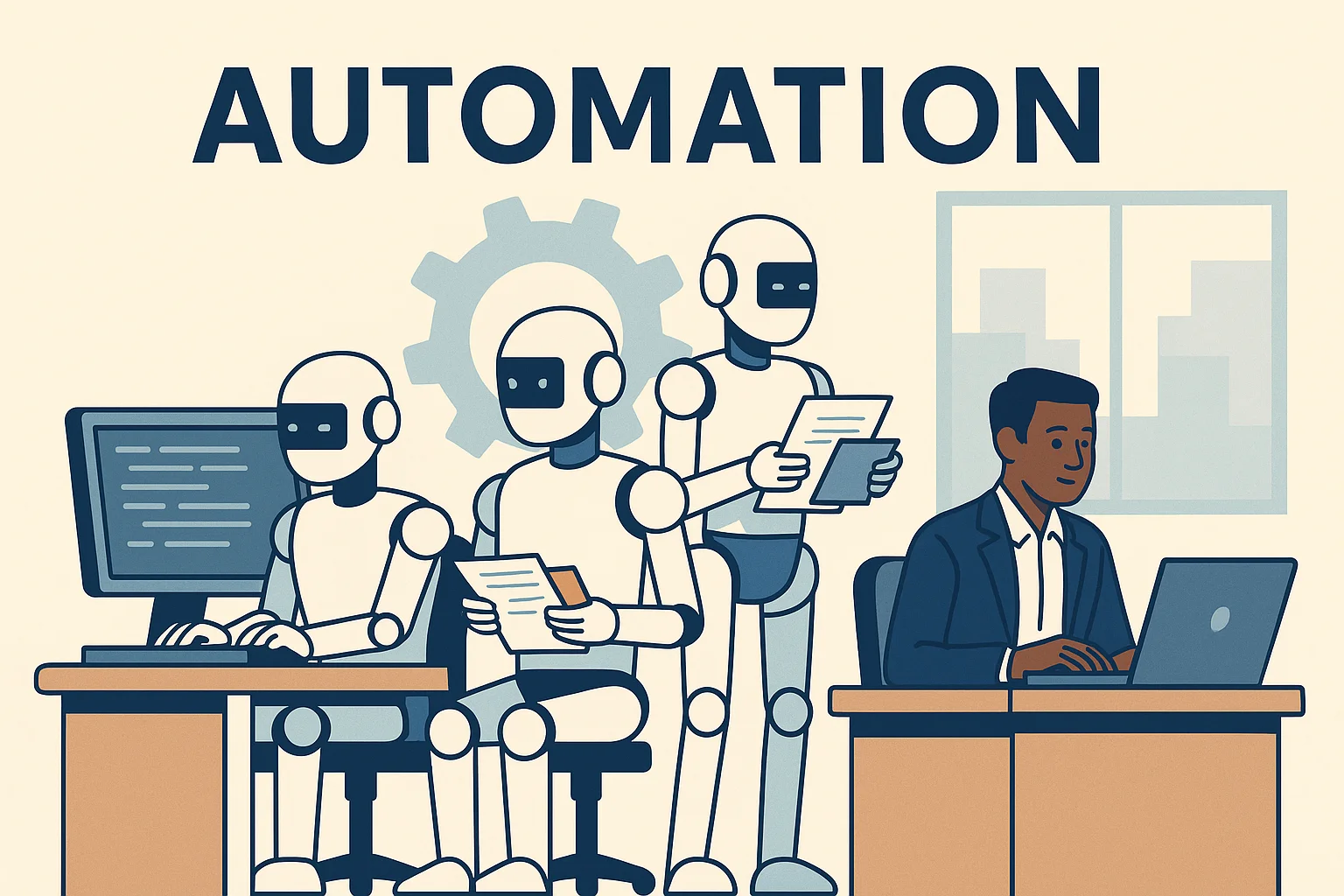
How AI Is Changing the Job Market
Will AI replace your job — or create new ones? Explore which careers are evolving, vanishing, or emerging in the AI-driven economy.

Common Issues with AI
Hallucinations, bias, privacy risks — learn about the most pressing problems in current AI systems and what causes them.